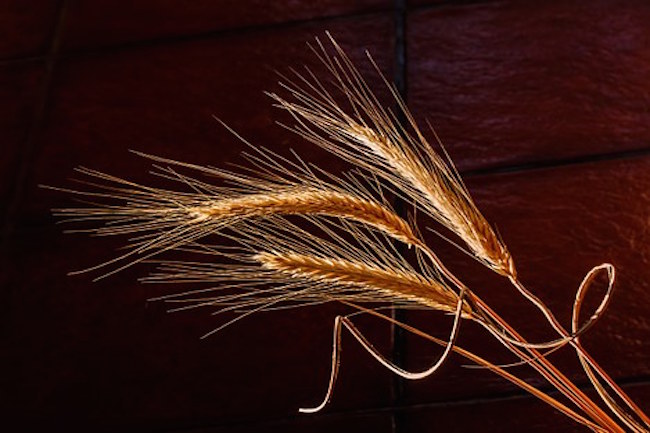Here’s why you should try bulgur, a whole grain full of protein and dietary fiber By Zoey Sky for Super Foods
Bulgur isn’t as popular as other whole grains like barley or oatmeal, but it deserves a place in the spotlight because it’s also an amazing superfood.
A versatile ingredient, bulgur is full of protein and dietary fiber that is good for your health. Bulgur is usually associated with the side dish tabbouleh and is a nutritious addition to your diet. The whole grain is also a component of the popular Mediterranean diet.
Bulgur is an excellent protein and fiber source
Bulgur is easy to prepare and offers many health benefits. If you’re looking for a new grain to add to your regular diet, try bulgur.
According to Amy Gorin, a registered dietitian and owner of Plant-Based Eats, bulgur is a grain made from wheat groats or kernels. The hulled kernels are parboiled, dried and ground then packaged up and sold as bulgur wheat.
Bulgur has a mild, nutty flavor and a consistency similar to quinoa, which is slightly chewy and soft. It’s perfect as an ingredient for side dishes or different meals. (Related: 7 Historical superfoods that people can stockpile for years without refrigeration.)
Because the process of making bulgur includes partial cooking, the whole grain is quick and easy to prepare, unlike other wheat products like wheat berries. If you’re on a budget, it’s also an affordable grocery item.
However, since bulgur is made from wheat, the grain is not gluten-free.
A one-cup serving of cooked bulgur contains six grams of protein, eight grams of dietary fiber and various minerals like copper, iron, manganese, niacin, thiamine, zinc and vitamin B6.
As a whole grain, bulgur promotes heart health, supports healthy digestion and helps maintain blood sugar levels.
Bulgur vs. quinoa and rice
While quinoa and bulgur are both healthy options, the two superfoods offer different nutritional perks.
Quinoa contains more protein than bulgur, but bulgur contains more dietary fiber. Both are great options to add to your diet, and it depends on your dietary preference.
Compared to rice, bulgur is more nutritionally dense and contains higher amounts fiber and protein. Additionally, bulgur is full of essential vitamins and minerals.
While rice can also be a part of a balanced diet, bulgur is the more nutritious option.
How to use bulgur
Bulgur is partially cooked so it’s easy to prepare, even if you aren’t an experienced home cook.
Here are some suggestions on how to use bulgur for your next meal:
- Eat it alone as a side dish to a main meal.
- Add it to salads, pasta and soups.
- Replace ground meats with bulgur wheat to create vegan versions of classic dishes like chili and tacos.
- Bulgur can also be used as a replacement for other ingredients like couscous, quinoa, rice or a similar grain.
- Pair bulgur with lean meat to make a delicious base for breakfast-style porridges or overnight oats or stews.
Instead of boiling bulgur, soak it to rehydrate the groats. Prepare bulgur by adding steaming hot water over the bulgur, then let it sit for seven to 10 minutes.
As the bulgur sits, the grains will absorb the water and become tender. Give bulgur a flavor boost by using homemade chicken or vegetable broth instead of plain water. The bulgur should be done in less than 15 minutes.
If you want to try other whole grains, cook with bulgur, a tasty, nutrient-dense whole grain that is a great addition to a balanced diet.




